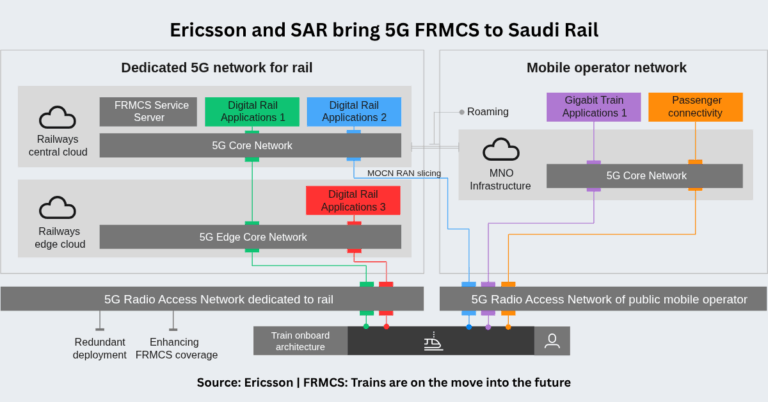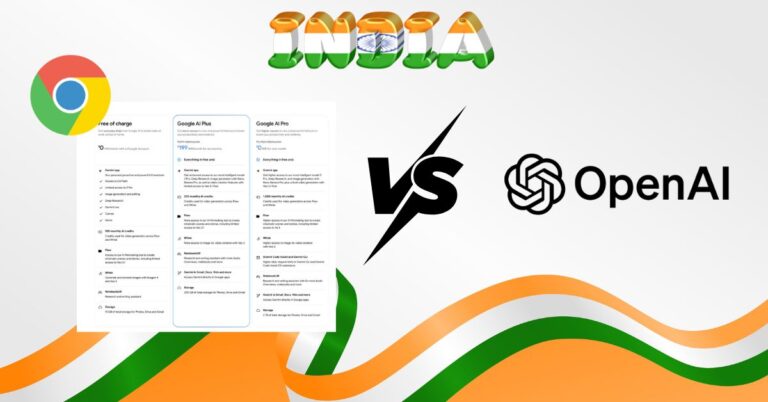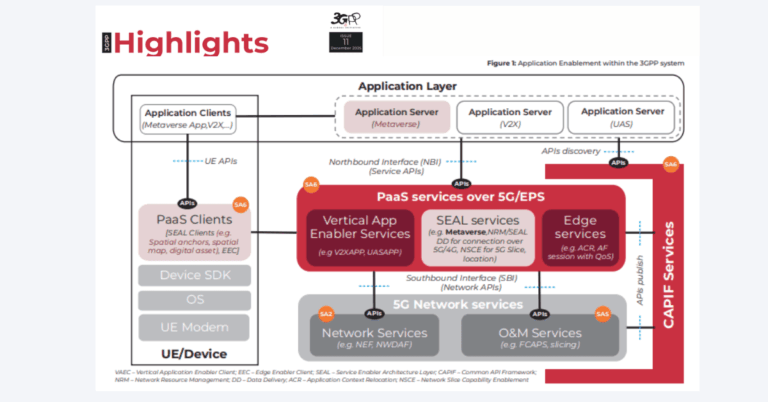Ericsson and SAR advance Saudi rail with 5G FRMCS
Ericsson and Saudi Railway Company (SAR) have signed an MoU to co-develop 5G-powered rail communications and Future Railway Mobile Communication System (FRMCS) capabilities aligned to Saudi Vision 2030 and the National Transport and Logistics Strategy.
MoU scope and pilot roadmap
The partnership targets two fronts: mission-critical rail communications for operations and high-speed broadband for passengers. The scope includes deploying advanced 5G infrastructure, testing FRMCS-based use cases, and running a real-world trial on an existing SAR line to validate performance, integration, and safety requirements. An innovation and test lab will be established to accelerate solution validation, and SAR teams will be trained on FRMCS/5G rail technologies to build in-house capability.
Vision 2030 context and GSM-R migration window
Saudi Arabia is scaling its rail network as a growth engine for freight, tourism, and sustainable mobility under Vision 2030. Global railways are also approaching the end-of-life of GSM-R, creating a replacement window for FRMCS built on 5G. With mature 5G networks and a national push for digital infrastructure leadership, the Kingdom is positioned to pilot and industrialize next-generation rail communications early.
Scope: mission-critical comms, passenger broadband, testbed
The MoU spans mission-critical communications, passenger connectivity, and a testbed to de-risk deployment at scale.
5G SA for rail operations and MCX services
The partners will explore 5G Standalone capabilities for operational communications, including quality-of-service guarantees, redundancy, and resilience needed for rail. FRMCS-aligned services such as mission-critical push-to-talk/data/video (MCX), Railway Emergency Call, and secure staff communications will be validated for integration with signaling and control systems. The objective is to enable reliable train-to-ground communications that support tighter headways, faster incident response, and higher network availability.
Gigabit trains, Wi‑Fi backhaul, and rail IoT
The initiative includes “Gigabit train” concepts that use 5G as high-capacity backhaul to deliver consistent Wi‑Fi and digital services onboard. Real-time video streaming from trains, condition-based monitoring, and broader IoT telemetry for rolling stock and trackside assets are in scope, improving passenger experience and operational visibility.
FRMCS lab, network slicing tests, and live trials
A dedicated lab will allow Ericsson and SAR to validate FRMCS profiles, test network slicing policies, and prove high-speed mobility handovers before field rollout. Live trials on an SAR corridor will measure latency, throughput, coverage continuity, and failover behavior under real operating conditions. Training programs are designed to upskill SAR’s engineering and operations teams on design, security, and lifecycle management of 5G/FRMCS systems.
How 5G and FRMCS enable next-gen rail
FRMCS and 5G bring a standards-based foundation for safe, automated, and data-rich rail operations.
FRMCS aligned to 3GPP 5G standards and timelines
FRMCS is the industry’s successor to GSM-R, led by the rail community and aligned with 3GPP 5G specifications. It introduces a bearer-independent architecture so railways can use 5G as the primary bearer while supporting migration. Core features include MCX services, prioritized traffic handling, and interfaces designed to integrate with rail safety systems. Global timelines point to staged deployments this decade and broader migrations into the 2030s.
Deterministic latency, edge, slicing, and ruggedized RAN
Rail use cases push the network on several fronts: deterministic latency for control communications, seamless mobility at high speeds, and secure multicast for operational messaging. Achieving this typically requires 5G Standalone cores, optimized radio design along tracks, edge computing for low-latency processing, and network slicing to isolate safety-critical traffic from passenger broadband. Ruggedized devices and trackside equipment are essential for desert conditions and long-distance corridors.
Safety, spectrum, and ecosystem readiness
Delivering a railway-grade 5G system requires careful attention to safety, spectrum, and ecosystem maturity.
Safety cases, interoperability, and zero-trust security
Rail communications that support signaling must meet stringent safety cases and integrate cleanly with existing systems during migration. Interoperability with current dispatching, security operations, and passenger information systems needs to be proven end to end. Cybersecurity aligned to zero-trust principles and telecom standards is mandatory, including robust identity, encryption, and monitoring.
Private 5G vs public slicing: spectrum and SLA choices
Railways must decide between private 5G deployments, dedicated slices on public networks, or hybrids. The choice hinges on spectrum availability, coverage obligations, operational SLAs, and lifecycle cost. For long corridors and yards, coverage engineering, backhaul diversity, and power resilience can dominate total cost of ownership if not planned early.
Device readiness and multi-vendor RAN considerations
Device and module availability for FRMCS is improving but uneven across bands and features. Operators should seek open interfaces and avoid lock-in, while validating vendor roadmaps for standards alignment and long-term support. Careful evaluation of multi-vendor RAN strategies is prudent given performance, integration, and support trade-offs in mission-critical environments.
Business impact for telecoms, railways, and integrators
The Ericsson–SAR collaboration sets a concrete blueprint for 5G-enabled rail modernization in high-growth markets.
Opportunities in managed services, edge, and MCX
This is a showcase for private and hybrid 5G in mission-critical transport, combining FRMCS functions with passenger broadband. It creates reference architectures and operational playbooks that can be replicated across corridors and depots, unlocking new revenue streams in managed services, edge computing, and MCX platforms.
Capacity, automation, and OPEX gains for rail
The approach supports a path toward automation, higher capacity, better punctuality, and improved safety. It also strengthens the business case for predictive maintenance and energy optimization—areas that yield measurable OPEX savings and faster ROI when paired with condition monitoring and analytics.
Milestones toward nationwide rollout
Key milestones will signal how quickly pilots can graduate to nationwide rollout.
FRMCS updates, KPIs, and safety validations
Watch for FRMCS specification updates, device certifications, and trial KPIs around latency, handovers at speed, and failover performance. Safety assessment progress and successful emergency call validation will be critical indicators.
RFPs, partnerships, workforce, and security posture
Expect RFPs for private 5G, MCX platforms, edge nodes, and onboard equipment, alongside partnerships with integrators and local technology firms. Workforce development programs and cybersecurity posture disclosures will hint at deployment readiness.
Phased rollouts, logistics integration, and data strategy
Evidence of phased rollouts, corridor-by-corridor coverage, and integration with national logistics systems will show the path from pilot to production at scale. Data governance and API strategies will determine how insights are shared across operators and government stakeholders.
Analyst verdict and next steps
Saudi Arabia’s move to 5G and FRMCS in rail is timely, standards-led, and strategically aligned with national goals.
Practical guidance for 5G FRMCS deployment
The Ericsson–SAR MoU is a pragmatic step toward FRMCS-grade operations powered by 5G. Rail and telecom leaders should start with a controlled pilot, map safety cases early, decide on a spectrum and deployment model, and invest in an innovation lab plus workforce upskilling. Prioritize edge architecture, network slicing policies, and cybersecurity from day one, and build a data strategy that connects operations, maintenance, and passenger services. Done right, this program can deliver safer operations, higher capacity, and a scalable template for 5G rail across the region.








































